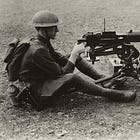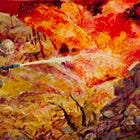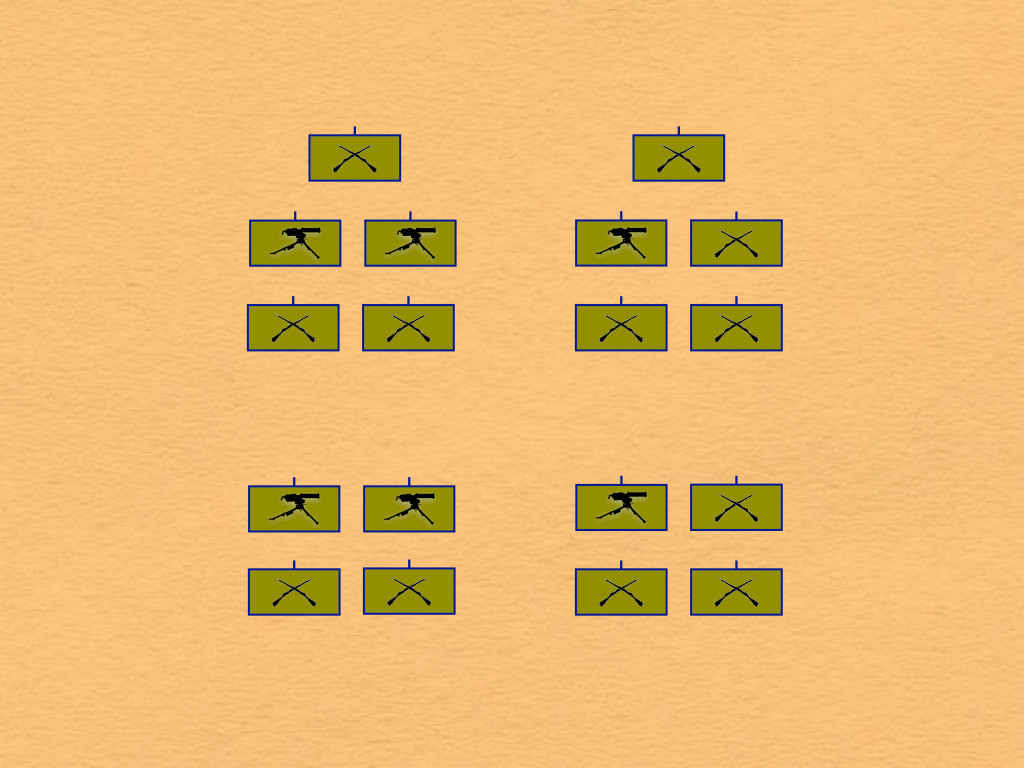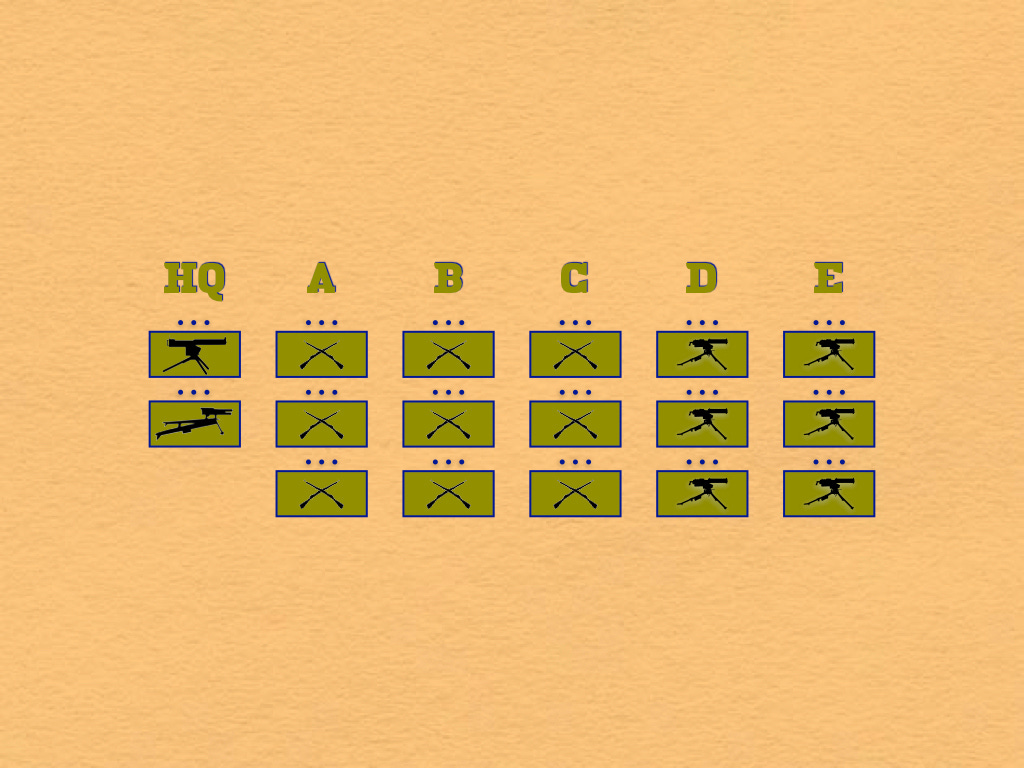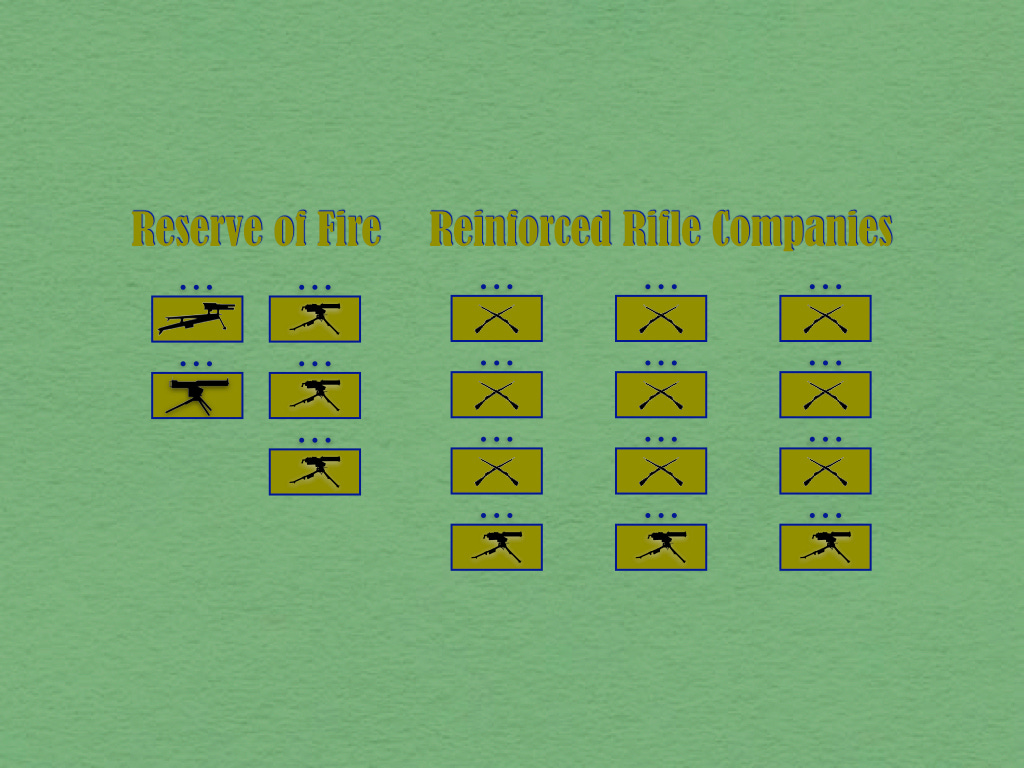Experimental Battalions (1929-1930)
Battalion: An Organizational Study of United States Infantry
The estate of the late John Sayen has graciously given the Tactical Notebook permission to serialize his study of the organizational evolution of American infantry battalions. You can find other posts in this series with the help of the following guides.
In the fall of 1929, after experimenting with three types of rifle company and three types of machine gun company, the 29th Infantry at Fort Benning tested four different combinations of those units. Two of the battalions tested had two machine gun companies, two had but one. One of the battalions had two rifle companies, two had three rifle companies, and one had four rifle companies.
In addition to this, the officers evaluating these tests examined battalions with different combinations of platoons. Thus, in addition to looking at battalions composed of four-platoon companies, they also looked at battalions in which the rifle and machinegun companies were made up of three platoons. Similarly, they looked at battalions in which the two heaviest platoons (the howitzer platoon and the .50 caliber machinegun platoon) were assigned to machinegun companies as well as battalions in which such units were part of the headquarters company.
A second series of infantry battalion tests at Fort Benning ran from January through March 1930. These tests sought to further improve and develop the winning design from the first series of experiments. This battalion had three rifle companies and two machinegun companies, each of which was composed of three identical platoons. (The one-of-a-kind platoons, the howitzer and .50 caliber machinegun platoons, were both assigned to the headquarters company.)
For combat, one of the two machinegun companies would attach one of its platoons to each of the three rifle companies. This would give each of the latter a base of fire. The other machinegun company, plus the howitzer and .50-caliber platoons from the headquarters company, would form the battalion commander’s firepower reserve. The .50-caliber platoon, whose four machineguns (and their ammunition) would ride on eight one-ton trucks, could execute either antitank or antiaircraft missions. The 37mm gun in the howitzer platoon could function as either an anti-tank weapon or a classic infantry gun.
The new battalion would have 37 officers and 1,141 men. It would use up 1,913 yards of road space, or more than twice the 913 yards (plus 40 yards for the normally attached howitzer platoon) of a 1927-28 battalion. It would also have about 300 more men. On the other hand, it would have nearly the same number of rifles, twice as many automatic rifles, and more than twice as many machineguns. It could also carry more ammunition per weapon. Many observers felt that this new battalion had achieved an ideal mix of firepower, shock power, controllability, troop density, and mobility.[1]
Editor’s Note: The format of the many appendices to this work fit poorly with Substack. For that reason, I have placed them on a PDF file that can be found at Military Learning Library, a website that I maintain.
[1] “Notes from the Chief of Infantry - Reorganization of the Divisional Infantry” Infantry Journal June 1930 pp. 648-651.
To Subscribe, Share, or Support:





